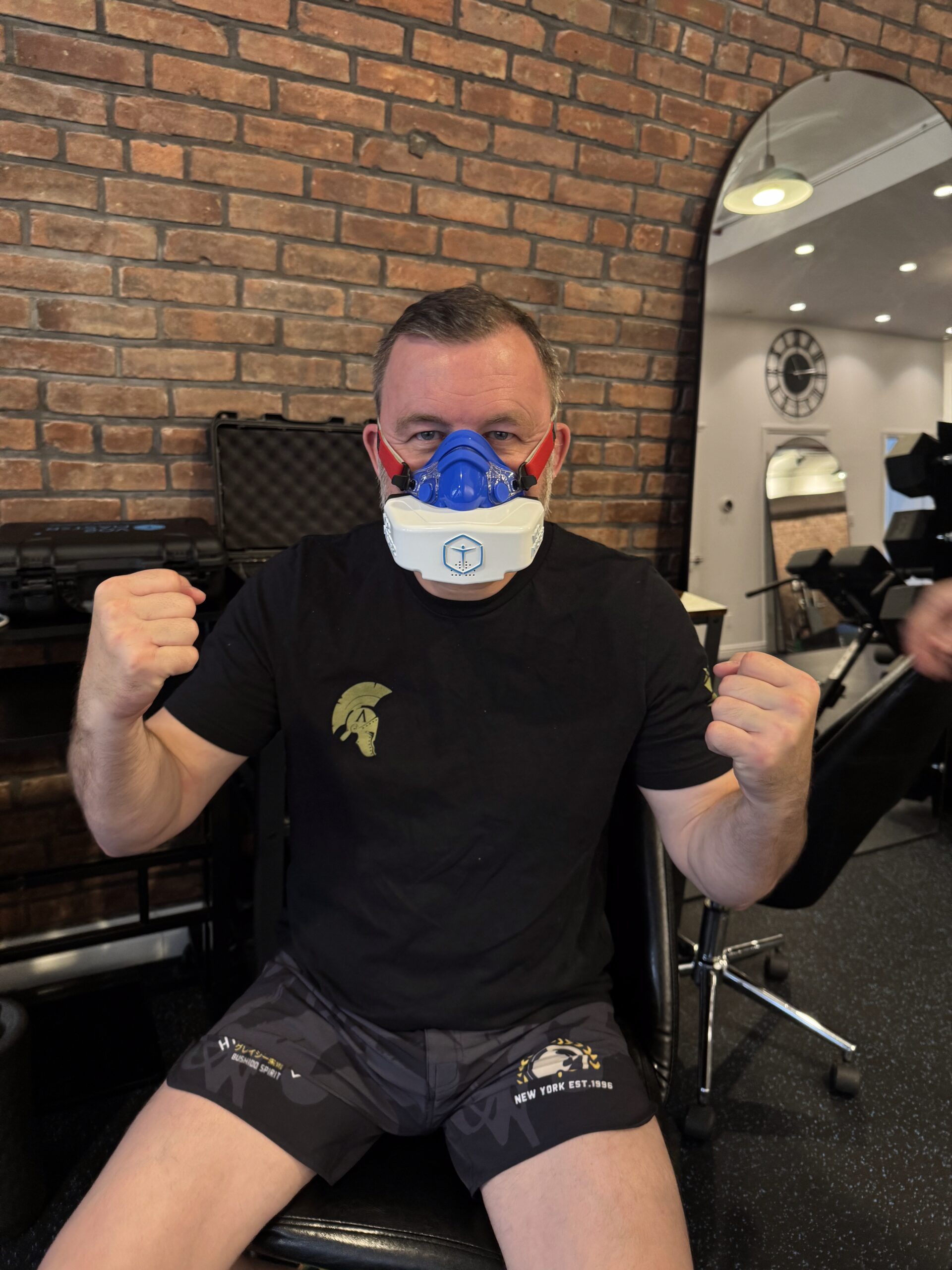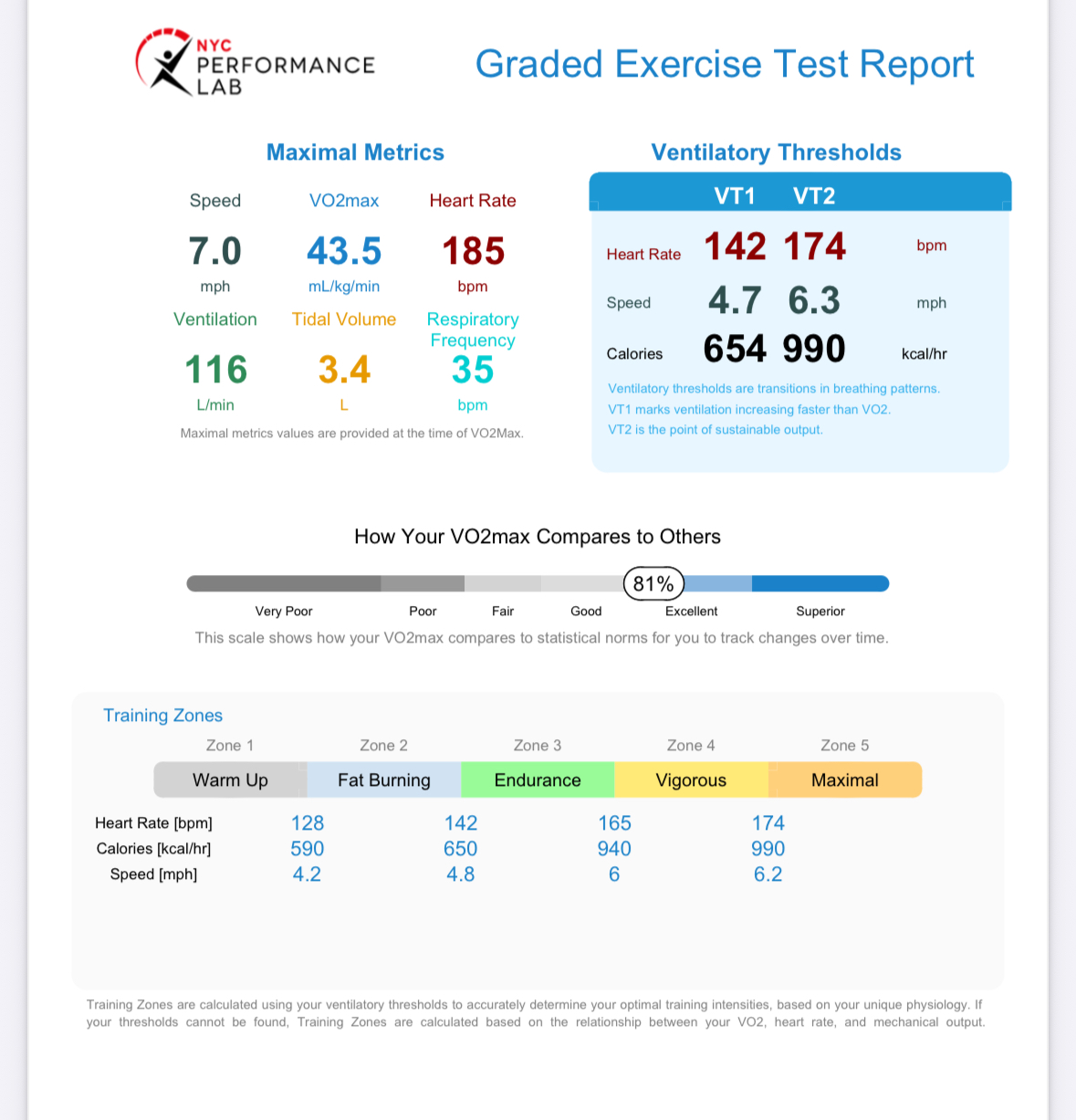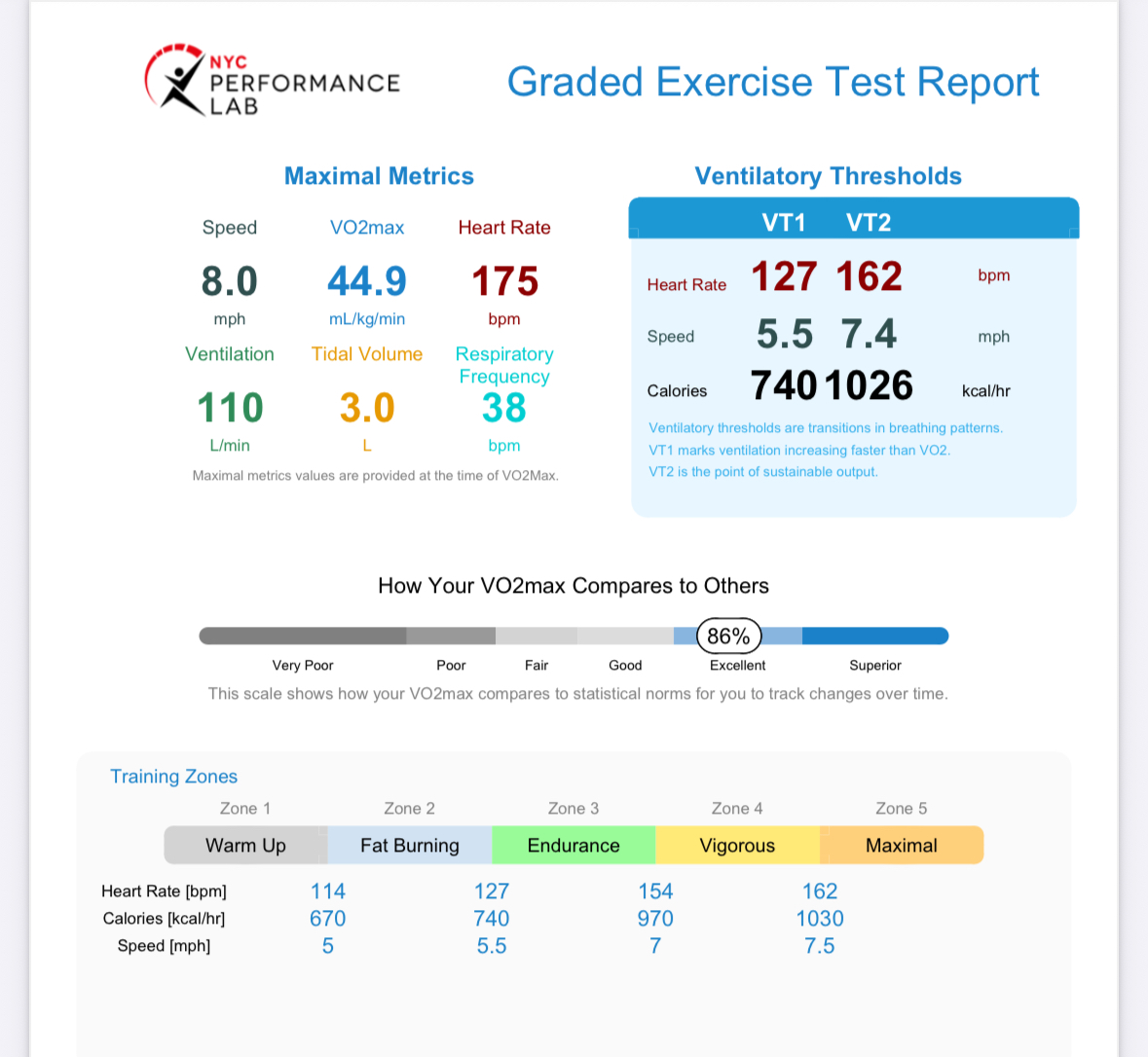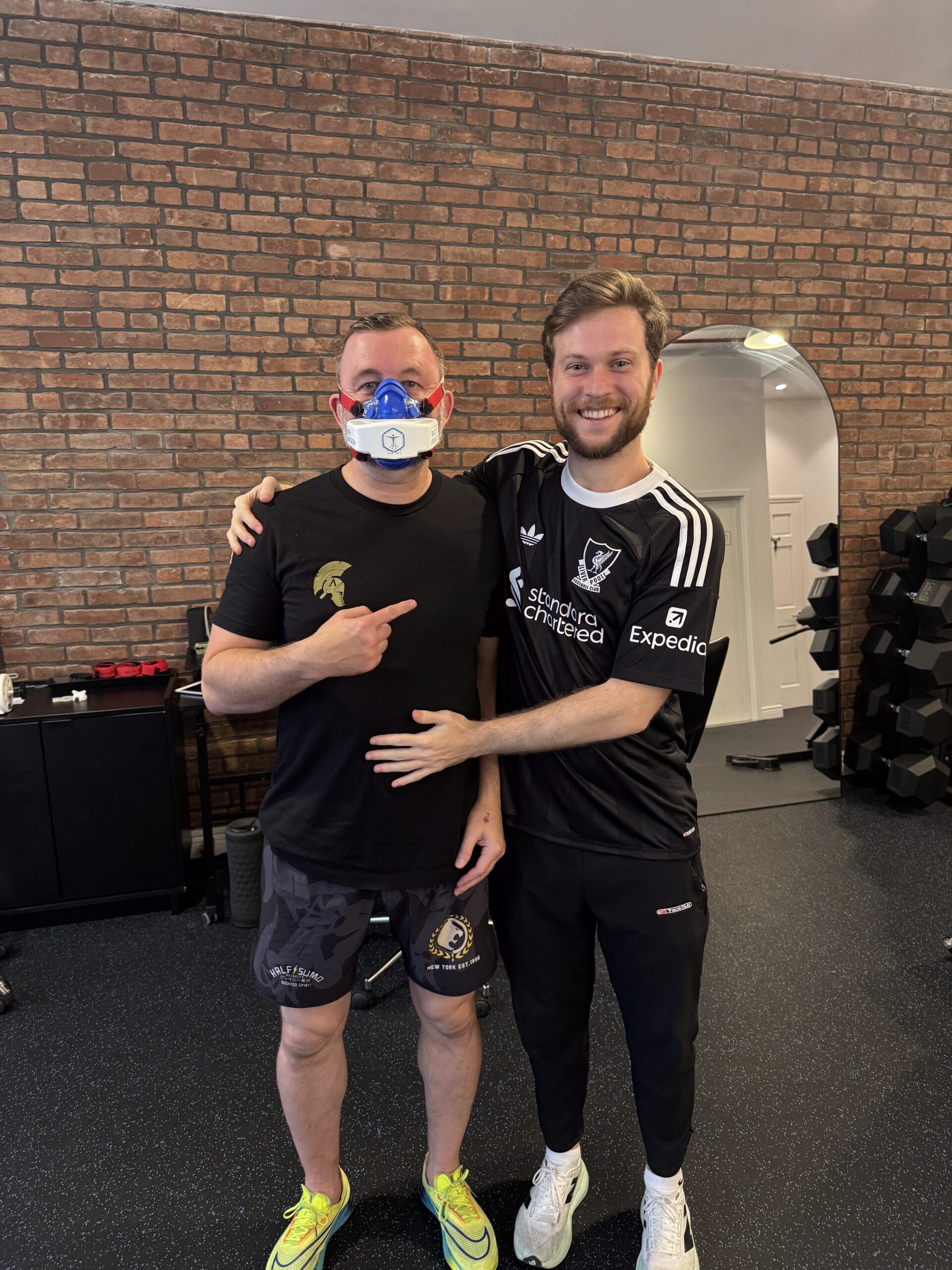
The Unbreakable Instinct: Longevity, Combat Sports, and the Lessons of Resilience
The Unbreakable Instinct: Longevity, Combat Sports, and the Lessons of Resilience
Blending Rehabilitation and Longevity
The last few years have been an interesting time in my career. As a founding partner at NYC Performance Lab, I’ve been able to merge my rehabilitation skills with longevity testing. I’ve always been an outcome-based therapist — my goal is to help people get stronger, faster, and more resilient, or at least maintain what they have.
When dealing with injuries, I’ve worked with patients across a wide range of athletic abilities. I can usually tell how quickly someone will rehab based on their athleticism. Sometimes it’s already there; other times, I have to uncover it and pull it out of them.
Mentorship and the Philosophy of Training
I’ve been fortunate to be mentored by a black belt-level therapist, Tim Stump. His mentor, Rob Panariello, helped merge strength and conditioning with rehab into one philosophy. I would describe their approach as a relay race — where physical therapy meets strength and conditioning. For a brief moment, both the therapist and the coach are bridging the gap together.
I’ve been incredibly lucky to learn under these men. I would equate Stump to Obi-Wan and Rob to Qui-Gon Jinn. Perhaps I’m Vader, since I’m entering unknown territory, which some may consider the dark arts.
Performance and longevity medicine is still the Wild West, especially when people leverage drugs. My issue is this: the drugs work, but are you bypassing hard work by deploying such interventions?
Building a Marvel Character Approach
I’ve also been fortunate to partner with Ian Michaud, a competitive bodybuilder who built a successful personal training company centered on body composition. Together, we merged our philosophies to create our version of the rehabilitation pyramid and body composition model.
The process is simple: a client enters the Performance Lab, we assess, deploy pharmacology, nutrition, rehab, and cardio training, then reassess. Our team creates a bespoke path for each patient that meets them where they are and leverages all our combined resources to get them as close to a Marvel character as possible. To us, you are the main character.
The Attribute of Being ‘Unbreakable’
Recently, I’ve noticed a rare attribute in some patients: the inability to break. Most of us become less durable with age, but over the past few years, I’ve met three individuals who refuse to succumb to injury.
With access to testing and a network of providers, I’ve been able to merge rehabilitation outcomes with performance metrics. Two years ago, I was referred a patient by a good friend, Yorrick Anderson, a pro MMA fighter out of Renzo Gracie HQ in NYC. Historically, he sent me personal clients — but this time, it was his head coach, Jamie Crowder.
Lessons from a Master Teacher
I was honored he trusted me with rehabbing his coach. For those who don’t know the fight game, good teachers are rare — especially ones as high-level as Jamie. As a new student in anything, you must first gain knowledge, then skill. The third aspect, which few talk about, is instinct — the ability to react without thinking.
I took one private lesson with Jamie and within 45 minutes I performed an instinctive movement. In that moment, I knew he was a very special teacher — a true master of combat sports.
The fight game is dangerous, especially MMA. I’ve seen many friends compete, and unlike any other sport, I’m simply happy when they walk away without life-threatening injuries. To rehab Jamie, whose career is teaching violence, I took the responsibility very seriously.
A Career Built on Durability
When I first met him, he was 50 years old. His background? A rigorous combination of military years and a martial arts career — former Royal Marine, Jiu-Jitsu black belt, and former professional Muay Thai fighter. He came to me with knee pain, and after sessions and imaging, we discovered a meniscal tear.
To my surprise, this was his first time ever in physical therapy. How did he get this far without rehab? Either he’s insane, or he’s that durable. Turns out, he’s both. Despite sustaining multiple injuries during his military and martial arts career, none had ever required surgery — until now.
At NYC Performance Lab, we offer a variety of exams and tests, one being VO2 max — currently the best predictor of long-term health. In 2023, we discovered his meniscal tear and began prehab for surgery. Even with the injury, he pushed through a VO2 test. Fast forward two years — and five months post-op — his numbers have improved across the board.


Today: Performance Redefined
Jamie is not only stronger and more mobile, but his cardio and sprint training have taken him to another level. At higher speeds, he now uses oxygen more efficiently. His VO2 maximum occurred at a faster speed and lasted longer, showing just how much his endurance and efficiency have improved.


Watch Jamie in Action
Gratitude for the Team
None of this happens alone. Huge thanks to:
- Dr. Yasha Magyar for identifying the tear and maximizing non-operative care.
- Dr. Michael Zacchill, who performed the procedure and has been a trusted resource for almost eight years.
- Kyle McNabola at NYC Performance Lab, who programmed sprint mechanics and plyometrics to push Jamie safely.
Since 2017, I’ve had the foresight to partner with like-minded providers. When Dr. Michael Zacchill and I first met, he told me about wrestling under his father, who was his coach — and about his service as a military surgeon.
Dr. Yasha Magyar was introduced to me by my business partner, Andrie Zimiles, originally my Jiu-Jitsu training partner. Yasha has been a tremendous resource; anytime something was on the edge of requiring surgery, he’s helped me find non-operative solutions.
Kyle McNabola joined us through Ben Doyle, whom we hired at the lab a year ago. Ben was an excellent resource, and when asked if he had a clone, he said, \”Sure, I’ve got a guy from my hometown.\” Kyle came on board (before tariffs) and filled a major gap in my game: track and field fundamentals. He’s taught patients proper running mechanics and helped me program sprint training — in this case, for Jamie.
Longevity in Motion
This case study shows the right balance of training intensity — still grappling, striking, lifting, and running. No, it’s not the same intensity as when he was younger. But he’s still doing all the things.
With Jamie, I’m very happy — both as a clinician and for him personally. He’s able to train, do the things he loves, and above all else, be a father and husband (assassin). If I were to ask him to give all that up, is that truly living?
“Better to have a short life that is full of what you like doing, than a long life spent in a miserable way.”
— Alan Watts
